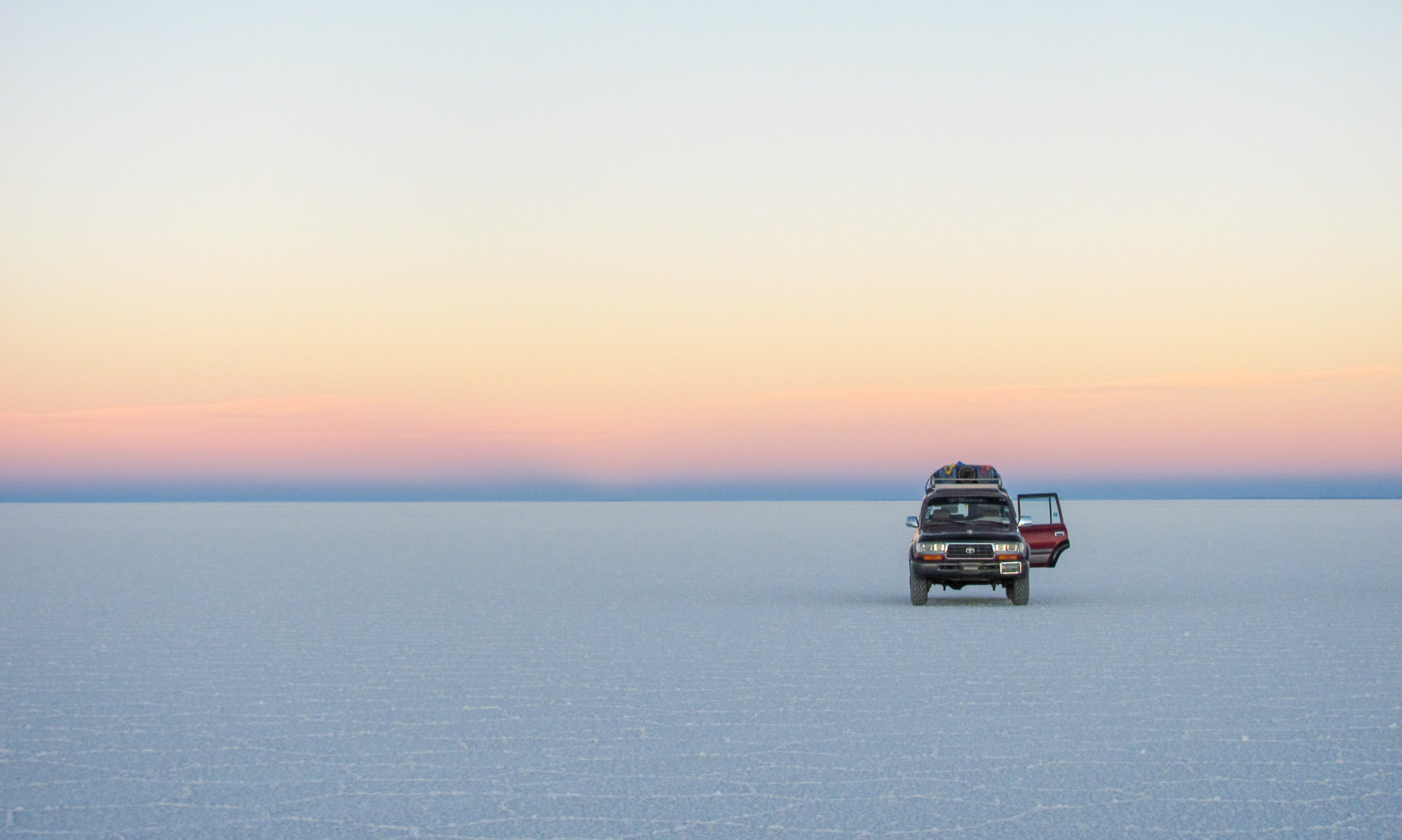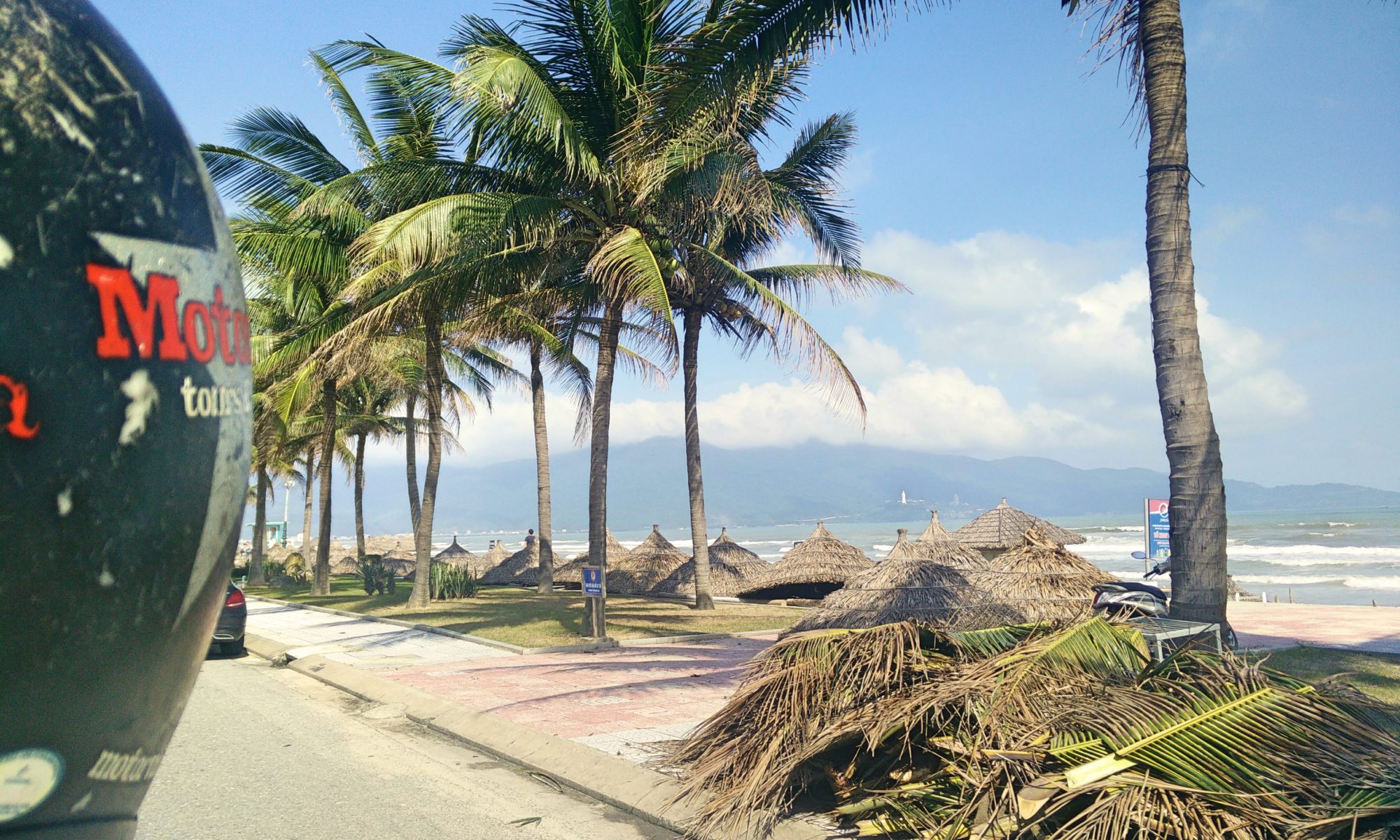Imagine yourself on a scooter, effortlessly cruising down a long winding road. On your left you see the rugged jungle, on your right stunning vista’s are constantly exchanged for idyllic beaches and rocky cliffs. Where can you combine a day-filling high-adrenaline activity, beautiful temples and brisk nature without a guide and with no fear of getting lost, all the while while actually covering distance and getting to your next destination? If it sounds to good to be true it probably is.. except its not. Its the Hai Van Pass, one of the things you really really really can’t skip when traveling Vietnam.
– Preparations for doing the Hai Van pass independently –
What is the Hai Van pass?
So what is the deal here? The Hai Van Pass is actually only a part of the road between Hue through Da Nang to Hoi-Ann. Or the other way around. Since both Hue and Hoi-Ann are destinations most people include in their itinerary it only makes sense to travel from the one to the other. But with the distance being only about 150 kilometers (100miles) from start to end, and the road going straight through the stunning Hai Van Pass, it is the perfect candidate for individual travel on motorbike.
And because many people choose to do so (even though the road is far from busy) many rental-agencies include free backpack-transfer to your next destination, meaning you can just pack a day-pack (and your valuables) and enjoy the ride without a bulky, heavy backpack on your back. Top Gear dubbed this route one of the most beautiful routes in the world in their Vietnam Special, and rightfully so.
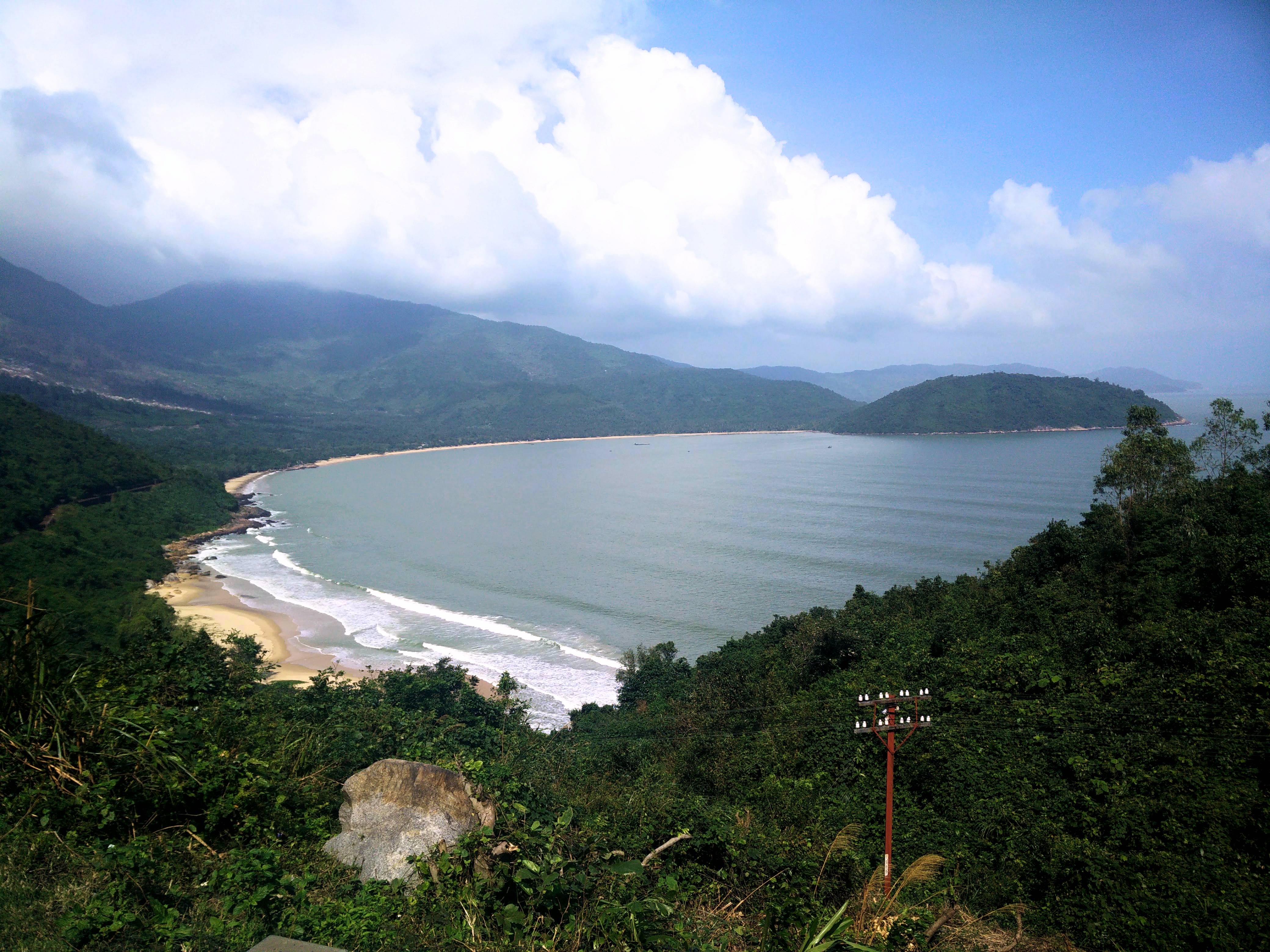
How to prepare
Before you embark on this adventure you should do a couple of things:
Download an offline map
Download an offline map of the area. I use Google’s offline maps. An offline map combined with the GPS of your cellphone (don’t worry, using GPS abroad will not cost you anything) gives you the ability to access an interactive map and see exactly where you are and where you are going, ensuring you will not get lost. This is so much better than trying to figure out which road corresponds to the small black line on the shitty-drawn map you got from the hostel.
Pack a vest
Pack a (water/windproof) vest. Even if the sun is shining bright and its super hot outside. When crossing the pass the weather can be quite unpredictable, heavy fog (and rain) can come up within 5 minutes, and completely clear-out in the next five. Also when driving fast on a motorbike, you can get quite chilly from the wind and you’ll be glad you brought your stylish Fjällrävenn-jacket to the hills;)
Book a destination
Book a destination hostel/hotel. If your travelling out of high-season it normally will not cause any trouble to just arrive without a booking, however in this case you need an address for your bag to be delivered, and possibly your motorbike to be picked up (depending on what you agree on with the rental agency).
Renting a Motor bike
So you can opt for a full-fledged 150CC motorbike, but if you lack experience I can hardly recommend. It will be expensive, the motor will be heavy and it will be a lot harder to control. This increases your chances of getting hurt, or getting the bike damaged. In South-East-Asia all scooter bikes average out at a maximum speed of around 90 km/h. This will be more than sufficient.
It is cheaper, more manageable so save your dream of becoming a Harley-driver for another moment and just rent a scooter. Normally I would recommend the cheapest option. However since the rental-agency will not only provide you with a bike but also has to take care of your backpack I think this is one of the moments it pays off to pay a little extra and go with a trusted agency. I chose MotorVina, which did an excellent job. Good bike, fast delivery of bags, no fuzz.
If your scooter breaks down and you have not booked with an agency that offers en route service, just ask a random person on the road. Almost everyone in Vietnam either knows how to fix a scooter-bike or knows someone who knows. They will help you on the spot, or take you somewhere nearby. Chances are high you will be on your way again within the hour. Bring some cash in small notes, haggling the prices down will be especially hard if you only carry around big notes. Especially if you are really in a position of need.

– The Route –
So there are many ways to do this. You can book a whole guided-tour stopping by several places, either driving on your bike yourself or having a personal driver and just sit on the back (easy-rider is the most popular company for these tours), you can do the whole route by car, train, or bus, but this is all really just a waste of money. The directions are clear and the sights are on-route so go independently! Either on your own (with someone on the back) or with a small group all on your own bike.
All things considered, I think the following should be your itinerary for this lap of your Vietnam-adventure. It includes the best stops, while allowing you enough time to not get up super early (leave around 10.00 AM) but still arrive at least a full hour before sun-down.
The Marble Mountains
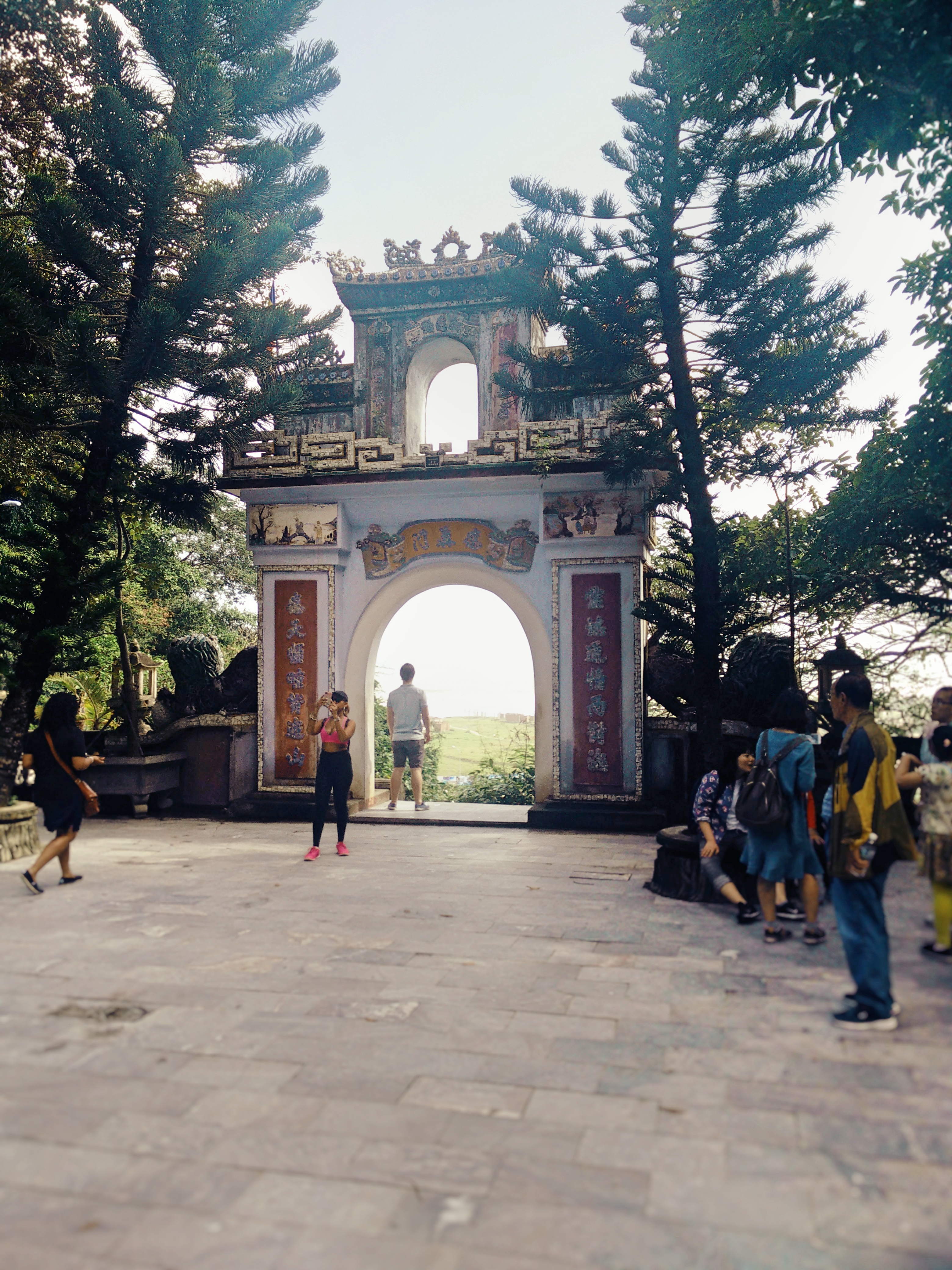
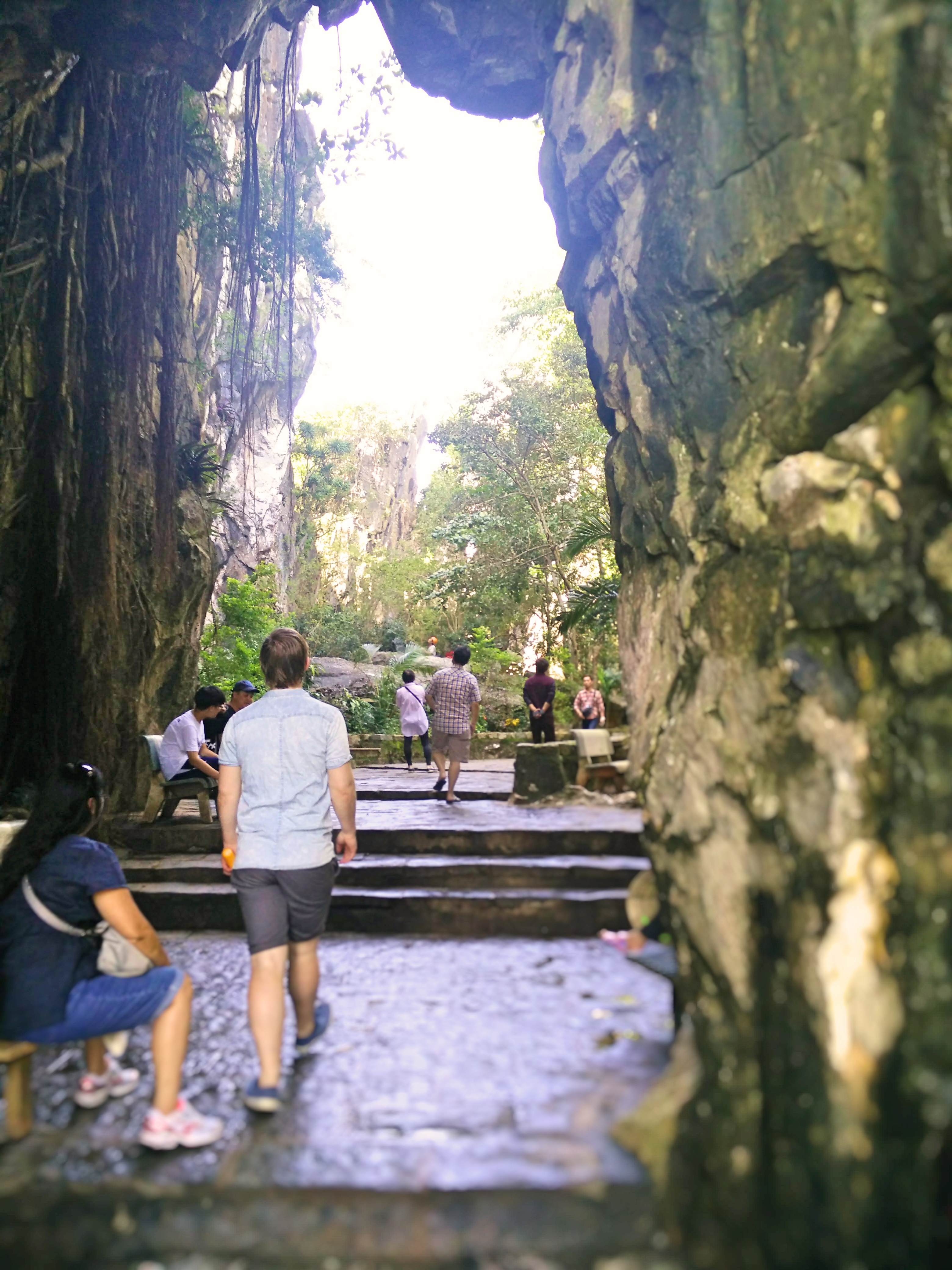
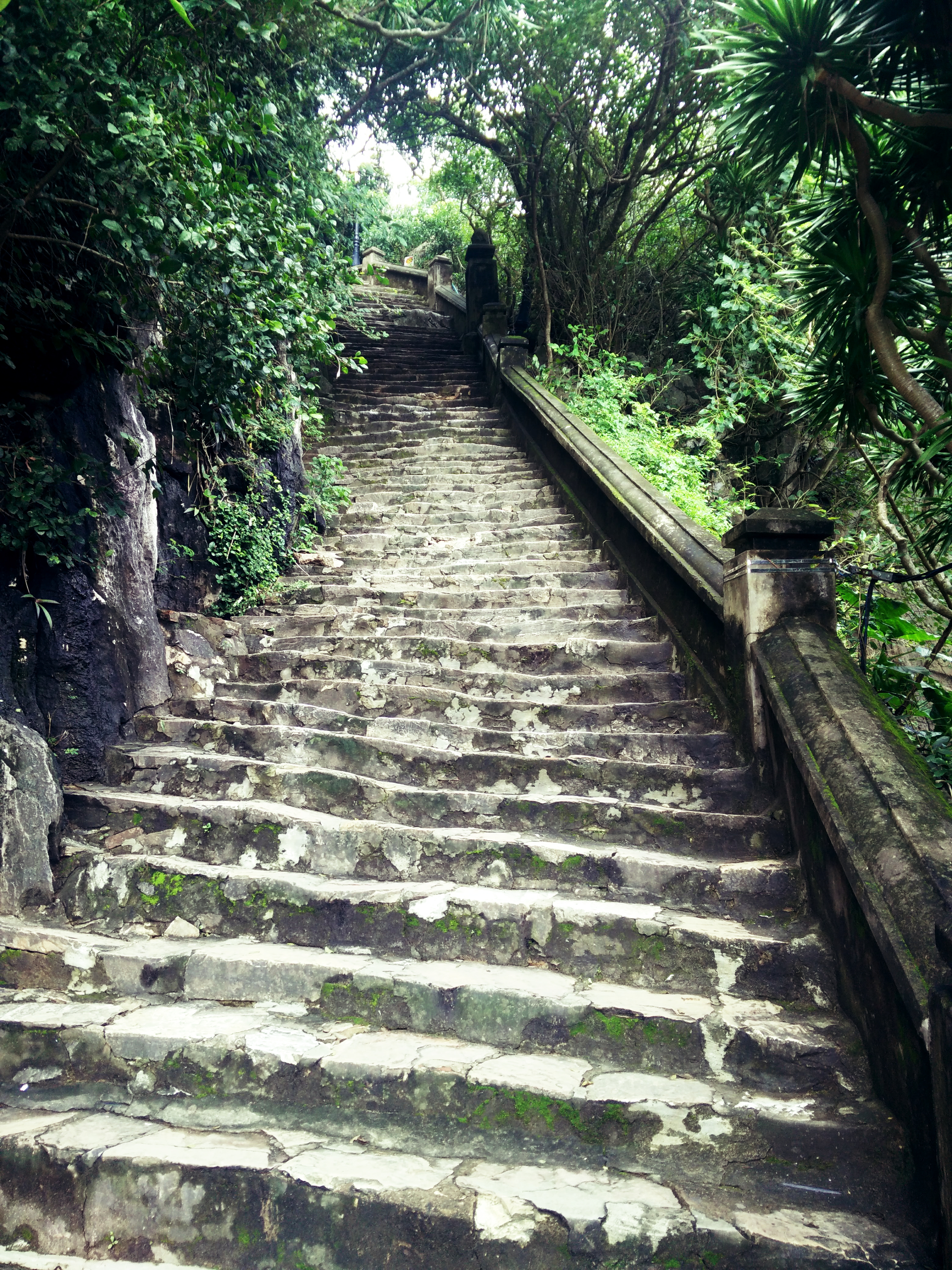
Travelling from Hoi An, your first stop will be The Marble Mountains. About 50 minutes from Hoi An, it is located on the left of the main road. Just after entering the city of Da Nang. More hills than mountains, this is where they used to ‘mine’ marble. Nowadays they hack the marble a few hundred kilometers further land-inwards but they still sell a lot of the statues around here. The main visiting point are a few hills dotted with little temples and pagoda’s that are surprisingly beautiful. Do not get tempted to take the elevator, as the stairs are really not that tough. It is bigger than it first appears so make sure you do not spend too much time here, as you still got a big way ahead of you.
Da Nang
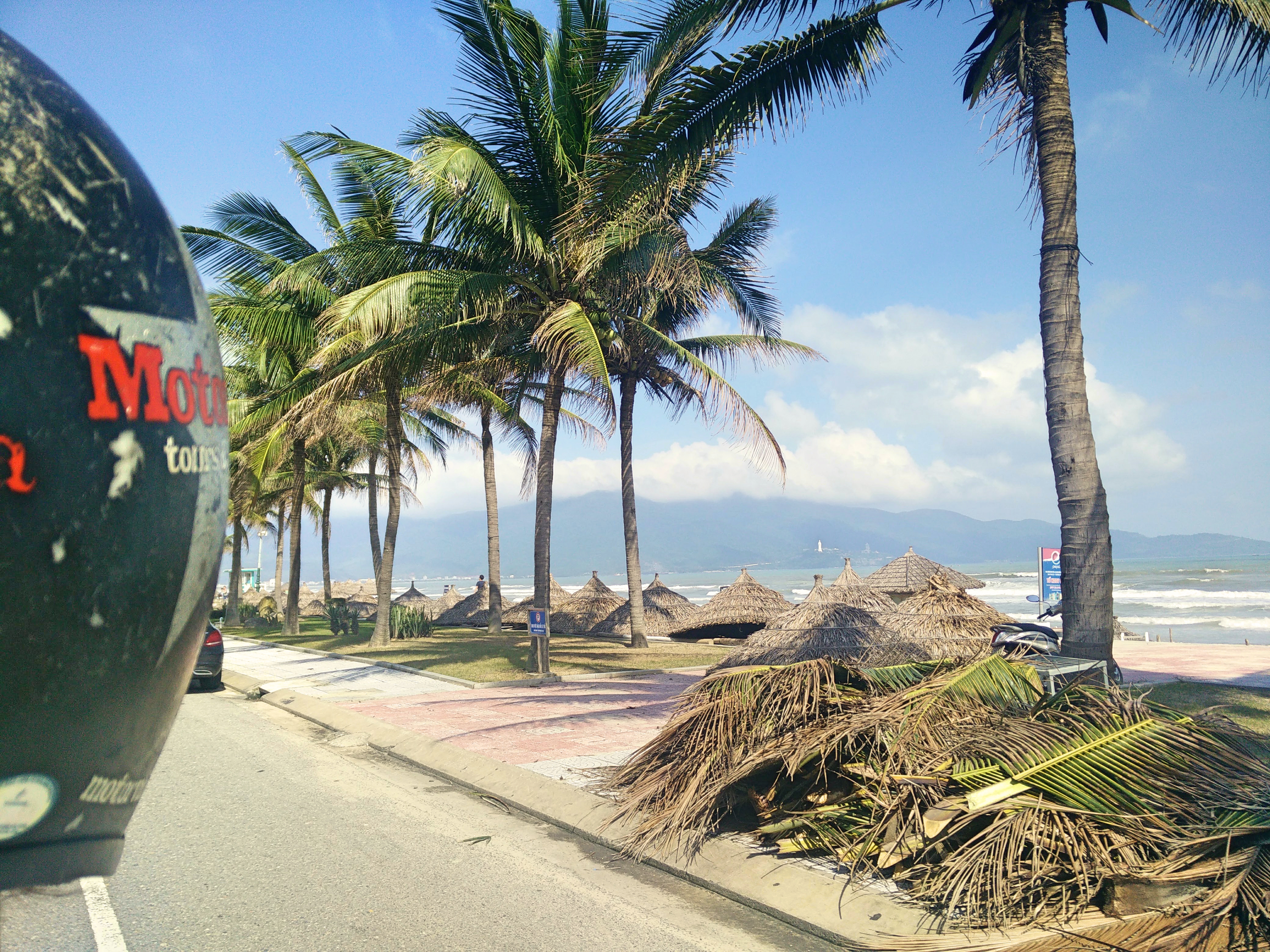
Drive up for a few kilometers and stop for a very short break 5min on one of the beaches of Da Nang, considered by Vietnamese younger people as one of the more exciting towns in the country (it is a student-city).
The Hai Van pass
Now your real adventure begins. Make sure to stop following the coastline and cross turn left/west crossing the bridge. Otherwise you end up on the peninsula itself. Yes I did that. It took me over an hour to get back on track.. The last option before the peninsula is Cau Thuan Puoc-street. This takes you over a huge and awesome suspension bridge. After half an hour or so you hit the pass. Fill up with gas before entering as the prices of a liter of petrol double on the pass.
Take your time, and enjoy a vista or two. In the middle of the pass there is a old bunker called Dinh Deo Hai Vann. Get of and explore. You can choose to have lunch here. If you can last for another hour there is a great spot just after leaving the pass in the small coastal town of Lang Co. Think local restaurants filled with freshly caught fish.
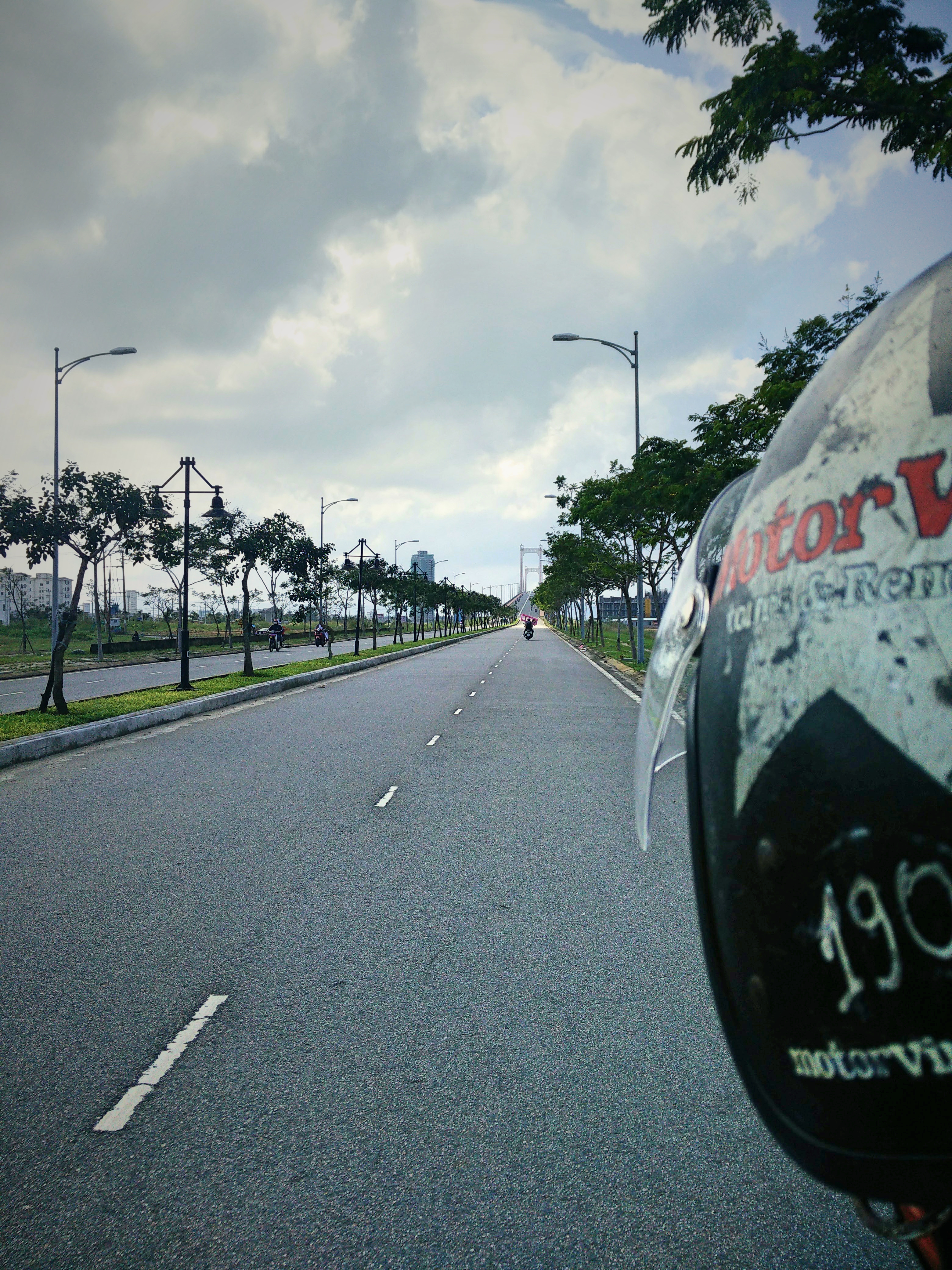
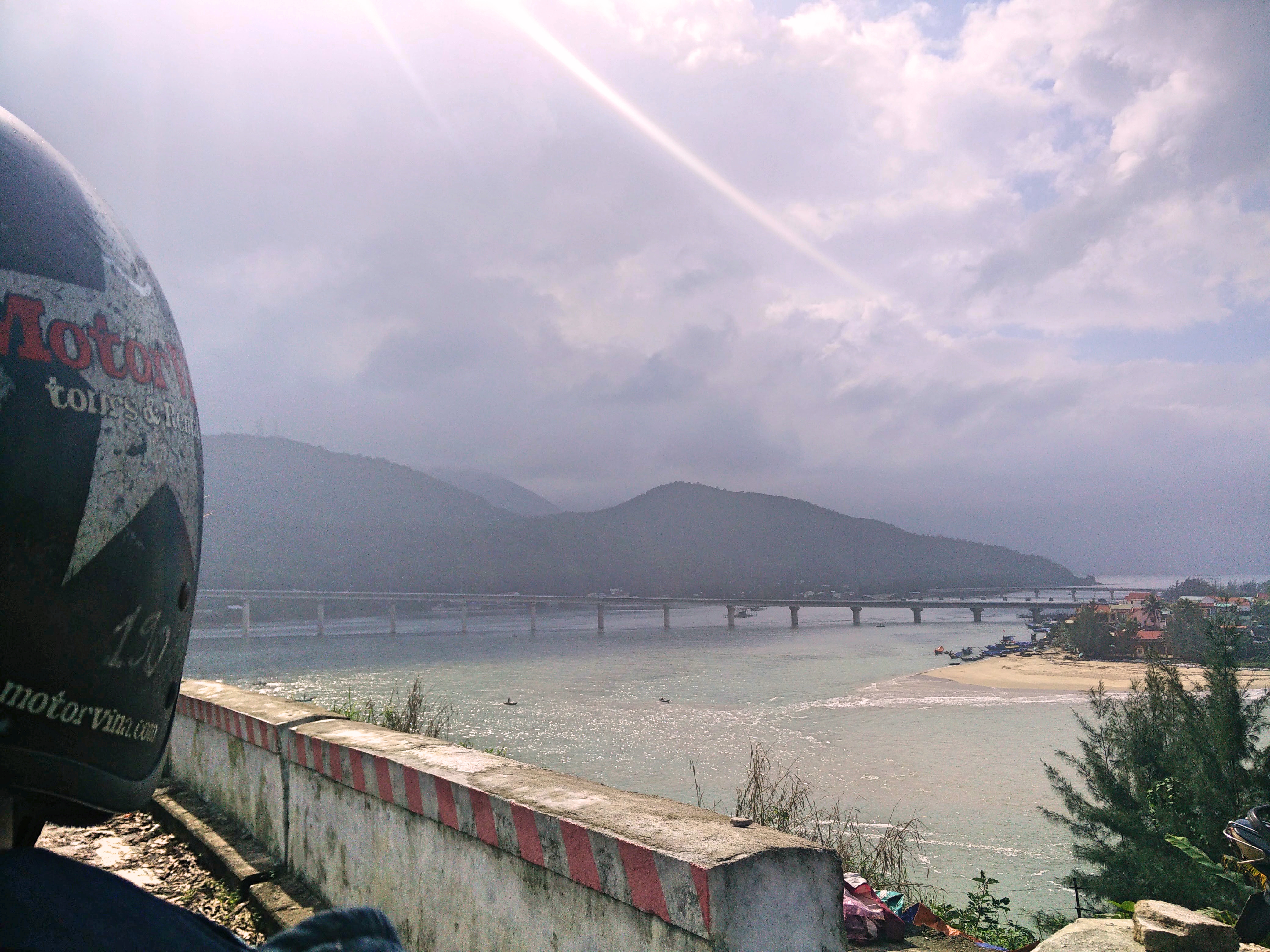
After lunch, your now around half way there, it is time to cover some distance. The road has less interesting sights to offer but the closer you get to Hue the busier the traffic. This gives you the chance to easy into the pace of driving in the busy Vietnamese traffic without freaking you out too much. Because this is the least interesting part of the route some people choose to travel the other way around. Stay mindful to not end up spending too much time at one of the stops or the pass itself. You might end up having to skip on one of the later stops to arrive before sun-down. For that reason I recommend traveling from Hoi-Ann to Hue, but really, it does not matter that much.
– Things to bring to Vietnam –
Of course these are not the only things you need when travel to Vietnam but I recommend them because I feel they are essentials that might not be on your radar when packing your bag.
Waterproof Bag
A waterproof bag is a lifesaver when caught in the rain but also when kayaking, jungle-trekking or chasing waterfalls. If nothing else it gives you piece of mind when traveling with camera gear or other stuff that just can’t get wet. Get a 5L or 10L version so you can pack it within your daypack. I recommend this one from Mountain Splash because in addition to it being durable and tough, its transparent and its got an easy handgrip.
Hand Sanitizer
Yes I view anti-bacterial hand sanitizer as essential. Not because I am germophobic but because this will save you from diarrhea and food poisoning. Most people that get sick from eating street food in South-east Asia don’t get sick from the shitty hygiene at the street food stall but because they didn’t probably wash their hands. Use hand sanitizer, stay a happy traveler. This set got handy Carabiners to latch it on you any pack.
3MM climbing rope
Even if your not going to do any climbing or trekking, you need a 3MM climbing rope. Most often you will only use this as a washing line or to tie stuff to the outside of your backpack. I for one have never needed to use my rope for anything else than that. However 3MM climbing rope takes up as much space as any washing line. It is nice to know it can also take the full weight of any person in case of an emergency.
Lonely Planet
Because its just the best compact travel guide out there. I always take a lonely planet with me for its practical information, background on certain sights and for when I find myself unexpectedly off the beaten path in search of accommodation for the night. For me this is still the best way to read up on a destinations in long haul bus rides. You don’t need internet or battery-life and you can keep it dry in your recently purchased waterproof bag!
